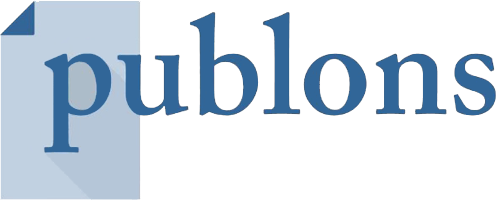Fiber content of bran breads - discrepancy between reality and food label information in Lahore, Pakistan
Keywords:
bran, dietary fibre, proximate analysis, food labels, breadAbstract
Background. Dietary fiber is known to have several physiological benefits. Wheat bran, which is added to bran breads, can be a good source of dietary fiber. Recently, the consumption of bran breads has increased tremendously in Pakistan, as consumers attempt to increase their fiber intake. But the discrepency of nutrition fact labels with the actual amounts of nutrition provided by a food product has always remained as a source of consumer’s mistrust on commercial products. Aim of the study. This study was carried out to assess the fiber content of commercially available bran breads and to compare the extracted amounts with the content reported on food labels. Methods. Manual proximate analysis of six brands (three from industry and three from bakery) of breads locally available in Lahore, Pakistan was done. Three samples of each bread were analyzed for fiber content and the average content was calculated. Results. The findings showed that industry products on average contain a significantly larger fiber content compared to the bakery products. Significant differences in fiber extracted and that mentioned on the package label were revealed; the actual fiber content extracted was significantly less than that mentioned on the food labels. A serving of local bran bread was found to fulfill <1% of daily adequate intake for dietary fiber. Conclusions and recommendations. It is suggested that bran breads locally available in Lahore, Pakistan should not be relied upon as a sole source of dietary fiber. Also, the food industry is suggested to revise food labels and to justify their claims in order to help protect the consumer’s rights.
Downloads
Published
Issue
Section
License
This is an Open Access article distributed under the terms of the Creative Commons Attribution License (https://creativecommons.org/licenses/by-nc/4.0) which permits unrestricted use, distribution, and reproduction in any medium, provided the original work is properly cited.
Transfer of Copyright and Permission to Reproduce Parts of Published Papers.
Authors retain the copyright for their published work. No formal permission will be required to reproduce parts (tables or illustrations) of published papers, provided the source is quoted appropriately and reproduction has no commercial intent. Reproductions with commercial intent will require written permission and payment of royalties.

This work is licensed under a Creative Commons Attribution-NonCommercial 4.0 International License.





